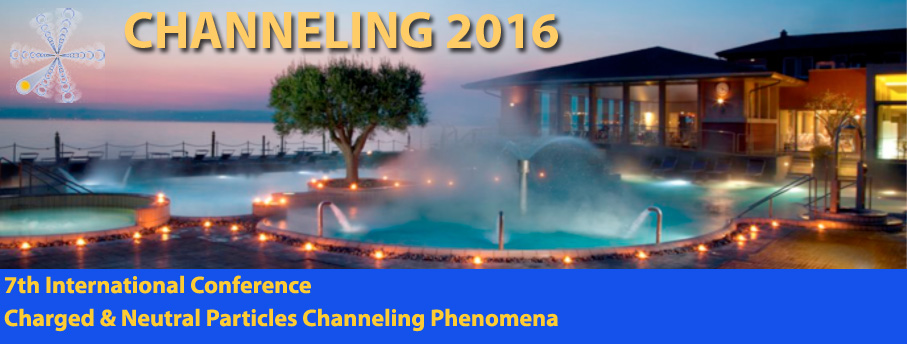Speaker
Mr
Florian Lindner
(Ludwig-Maximilians-Universität München)
Description
For approximately the last 20 years, laser-driven acceleration of ions has inspired novel applications that can benefit from interesting ion bunch properties. Those contrast conventional (non-laser based) accelerators by extremely short pulse durations in the picosecond range [1], a broad energy spectrum (~100 %), a high peak current (~kA) and a small, micrometer source size [2]. The main focus of research has been concentrating on the physics of the interaction of intense laser pulses with plasmas and the related mechanisms of ion acceleration, which I will review in this contribution.
Special emphasis will be laid on the status and prospects of laser-driven ion acceleration in the emerging Petawatt-Laser era. Our group at the Ludwig-Maximilians University Munich is involved in the construction and commissioning of the Center for Advanced Laser Applications (CALA) [3] at the research campus in Garching near Munich. CALA will host one of the highest-power lasers in the world: the ATLAS 3000 laser system. It will be capable to provide a laser energy of up to 60 J in a pulse duration down to 20 fs, offering a peak power of 3000 Terawatts, which will be focused down to a few micrometer diameter. The high repetition rate of 1 Hz is beneficial for the development of enabling technology for future applications.
The anticipated, high laser power promises a multitude of research possibilities, including developments towards radiation therapy of tumours, but also imminent applications which benefit from the unique features of laser-driven ion sources. One prime example, relies on the availability of heavy ion bunches such as gold, lead or thorium with solid-state-like densities for applications in non-linear nuclear physics in fission-fusion reactions to study the origin of heavy elements in the universe [4].
This work is supported by the DFG Cluster of Excellence MAP (Munich-Centre for Advanced Photonics), BMBF under contract 05P15WMENA and by DFG Transregio SFB TR18.
References
1. B. Dromey et al., Nature communications 7, 10642 (2016)
2. H. Daido, M. Nishiuchi and A. S. Pirozhkov, Rep. Prog. Phys. 75(5), 056401 (2012).
3. http://www.lex-photonics.de/cala/
4. D. Habs et al., Appl. Phys. B 103(2), 471–484 (2011).
Primary author
Mr
Florian Lindner
(Ludwig-Maximilians-Universität München)
Co-authors
Mr
Christian Kreuzer
(Ludwig-Maximilians-Universität München)
Mr
Daniel Haffa
(Ludwig-Maximilians-Universität München)
Dr
Jianhui Bin
(Ludwig-Maximilians-Universität München)
Prof.
Jörg Schreiber
(Ludwig-Maximilians-Universität München)
Dr
Peter Thirolf
(Ludwig-Maximilians-Universität München)
Mr
Tobias Ostermayr
(Ludwig-Maximilians-Universität München)
Mr
Ying Gao
(Ludwig-Maximilians-Universität München)

